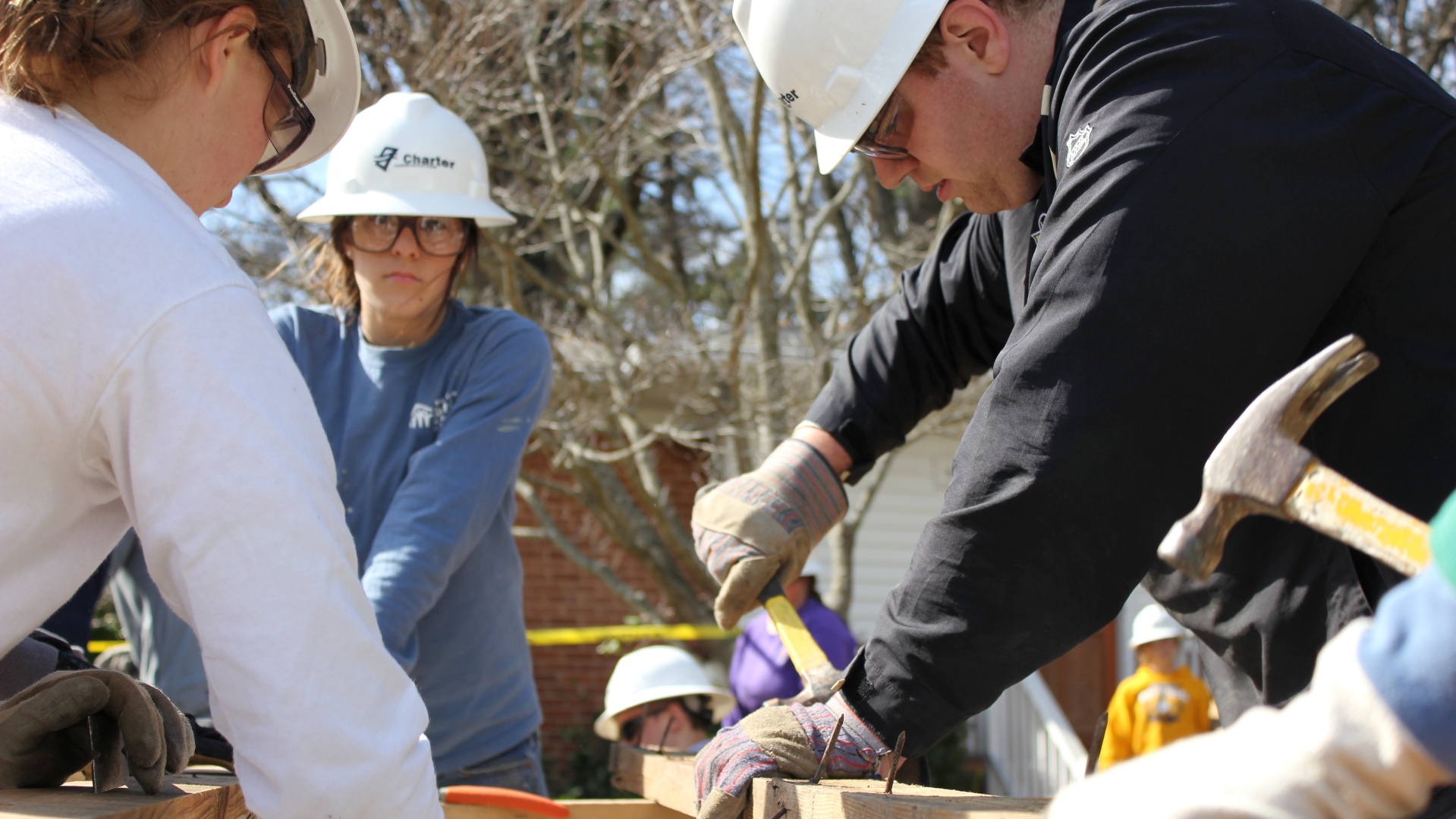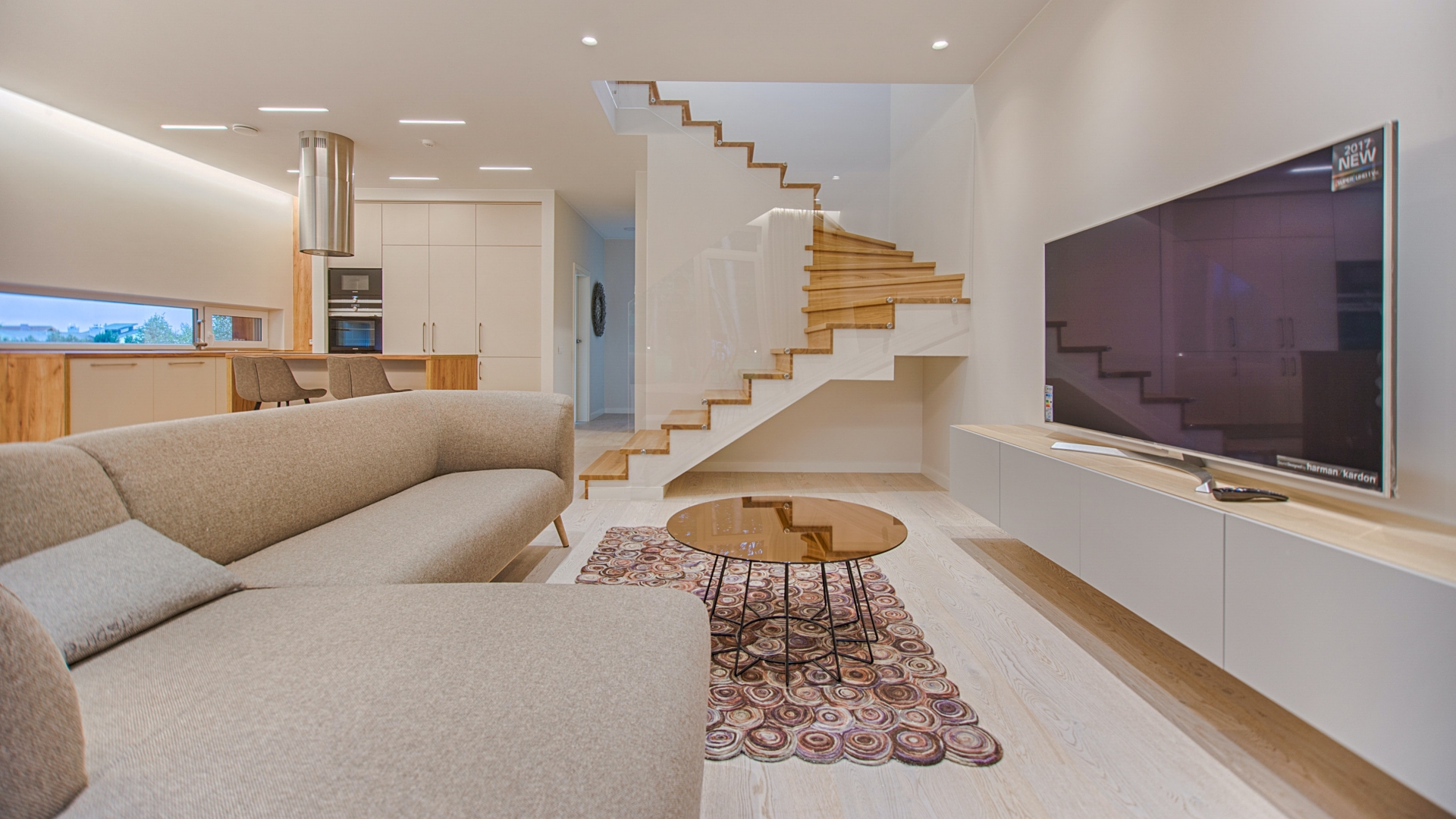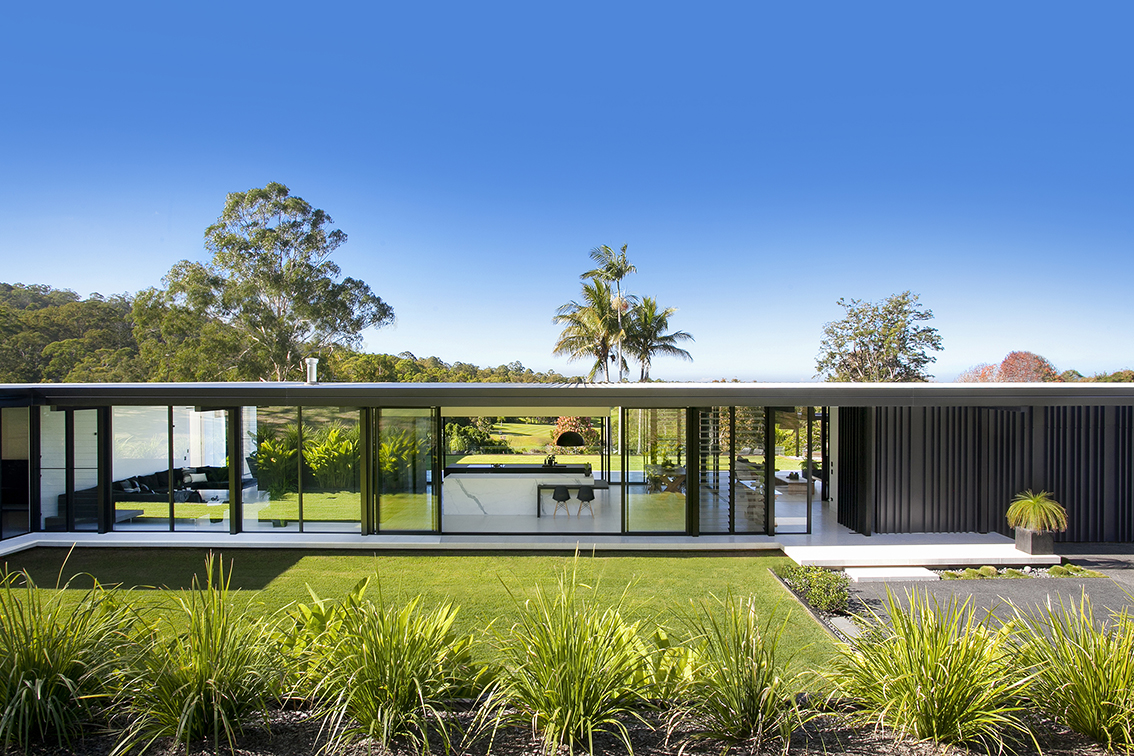Our world is becoming increasingly more urban, with an estimated 56% of the world’s population living in cities. This growing urbanization presents unique challenges across a variety of sectors, including agriculture. As agricultural experts work to address global food production, and architects and city planners look at making urban areas more appealing, a new trend has emerged: edible landscaping. This article will explore the topic of edible landscaping and how it is combining beauty and agriculture in cities across our world.
What is Edible Landscaping?
Edible landscaping is a landscaping style that utilizes plants that can be eaten. This can consist of a wide variety of plants, trees, vines and shrubs. By choosing plants that are not only visually appealing but also provide nutritional substance, edible landscaping can combine aesthetics and functionality and fully utilize the space. This is particularly appealing for an urban area, where space is more limited.
To create an edible landscape, agricultural experts and landscapers work with architects and city planners to determine the best areas. Soil quality, sun exposure, drainage and seasonal weather are all factors to be considered, and plants will be chosen that should thrive in these conditions. Once a site has been determined and the garden is underway, developing a good irrigation system and proper maintenance and care are needed. Aesthetic value is often taken into account when designing these areas, and plants are chosen that provide both nutrition and beauty.
Benefits of Edible Landscaping
A major barrier in traditional farming is access to land, especially in urban environments. By utilizing the green areas of urban spaces, edible landscaping contributes to overall food production as a whole and offers those in cities access to fresh, local food.
Edible landscaping promotes sustainability by reducing the ecological footprint of urban areas. Planting edible crops encourages responsible water use, minimizes the need for chemical pesticides, and fosters soil health. It also helps to promote insects and other wildlife that are beneficial to the ecosystem.
Besides its practical benefits, edible landscaping can help foster a sense of community in an urban environment and provide a beautiful space for people to gather and reconnect with nature. The act of growing and harvesting food becomes a shared experience, which strengthens social bonds and creates a more resilient and interconnected community. Some studies have even shown that spending time in green spaces can significantly improve one’s mental health. Edible landscapes can make a positive impact on both the look and feel of a community, as well as on the members within.
Conclusion
While agricultural experts and city officials around the world address issues of food security and community well-being, edible landscaping is helping improve multiple areas of urban life. By combining beauty and functionality, these green spaces are being put to good use. As more people move to cities, and consumer desire to eat locally sourced ingredients continues to grow, edible landscaping is offering a unique solution toward a more sustainable future.











